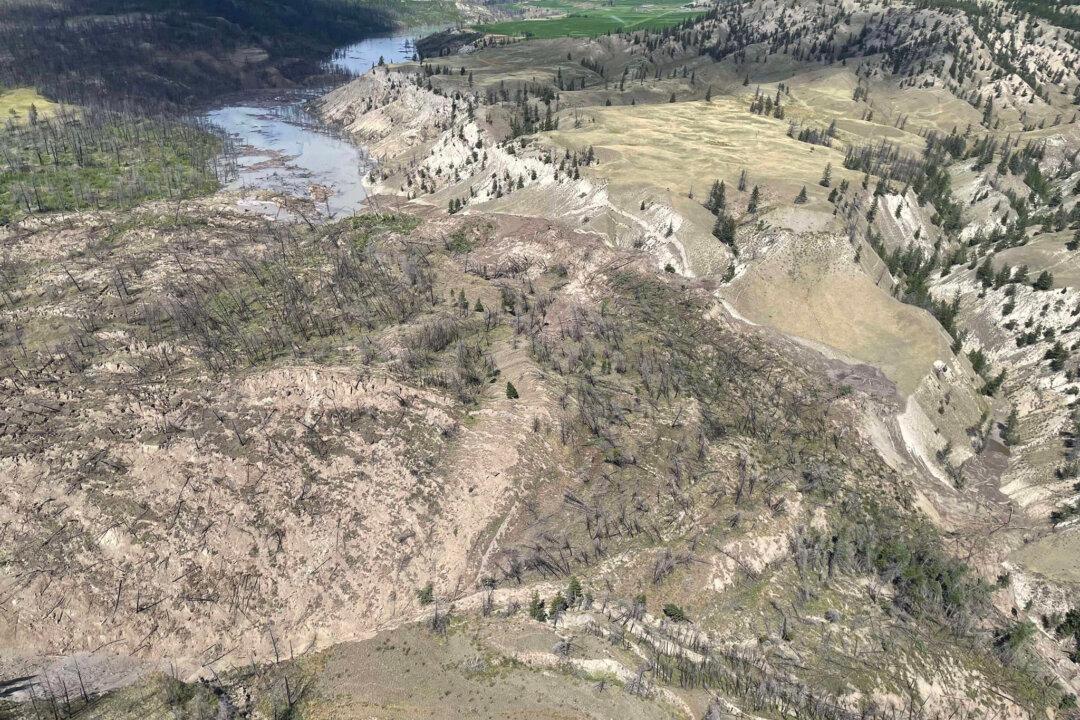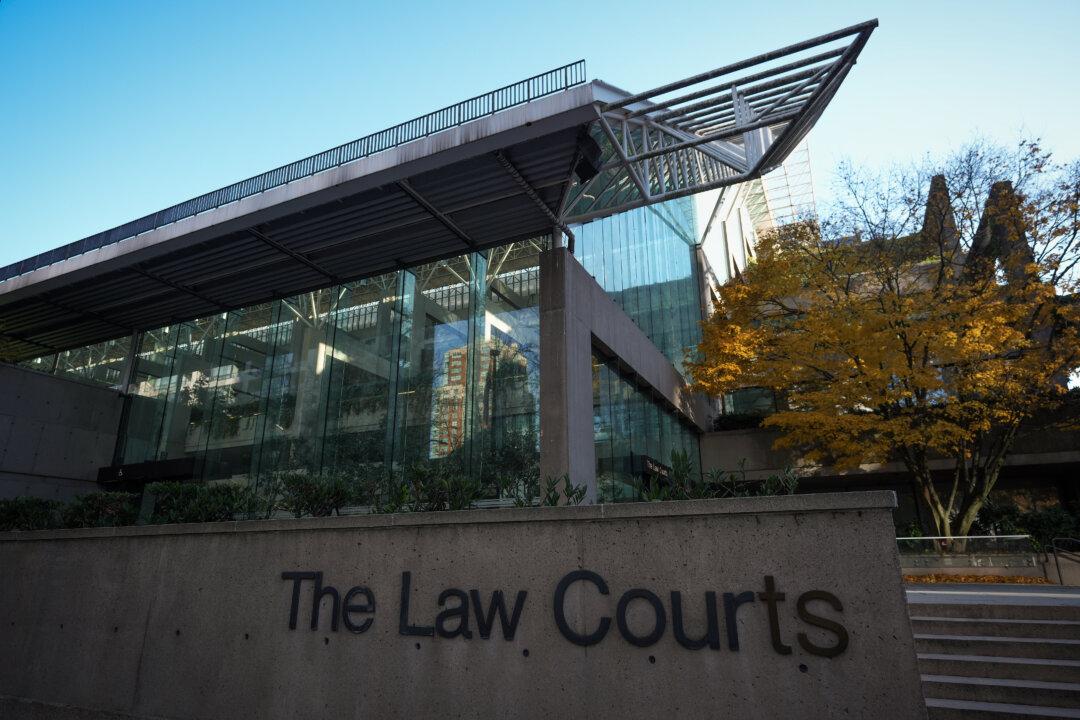A 30-metre-high landslide has formed a dam across the Chilcotin River in the central Interior of British Columbia, prompting the evacuation of multiple properties as emergency officials warn of potential flash flooding downstream.
The river is expected to breach the “massive” 600-metre-long dam formed by landslide debris, located south of the City of Williams Lake, potentially in “the next 24 to 48 hours,” Cariboo Regional District Chair Margo Wagner said in a media briefing.





